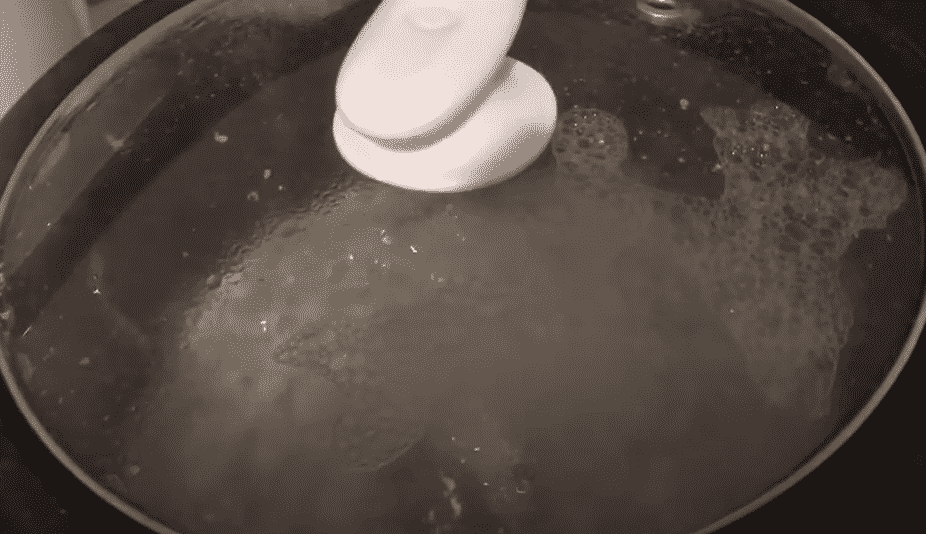
Overcooked and undercooked rice is something people worried over half a decade ago. Now no matter the occasion, no matter how nervous you are, a rice cooker always cooks you a perfectly cooked pot of rice.
An electric rice cooker is still a man-made electrical machine. Since man has made it, it will have imperfections that we as its users are supposed to fill. Because not caring can lead to overcooking, burning, and the topic of this article – bubbling.
Rice Cooker Boiling Over
Why does it bubble over?
There are a few reasons that will cause your electric rice cooker to bubble over, but the most common one is starch.
Rice starch is not harmful, some countries use it as a baby milk replacement. But those of us who blessed to not care will find excess starch a chore to deal with.
Starch is a sugar present within your rice. A grain of rice contains either an Amylose starch or an Amylopectin starch. Both starches have different properties, and knowing them is not the responsibility of your electric rice cooker.
A rice grain with amylose starch is user friendly as it’s not a sticky starch. Upon boiling, the Amylose starch doesn’t gelatinize, because it takes a lot of effort and heat to make it gelatinize. The Amylopectin starch, on the other hand, is the cause of your problems.
The Amylopectin starch when boiled gelatinizes easily and as a result, releases large amounts of starch that thickens your rice water causing it to bubble over.
In simple terms, a rice grain has starch, Amylose, or Amylopectin. Boiling makes a rice grain release its starch content to absorb more water. Depending upon the type and the amount, the rice water can get thicker or remain the same. If the rice you are using has the Amylopectin starch and the quantity of gelatinizable starch per cup of water is higher than what your rice cooker can handle. You will observe the phenomenon called water bubbling.
There are a few ways to minimize the starch bubbling phenomenon when you’re cooking with an Amylopectin rich rice. Some of these techniques are detailed below:
1. Washing
Washing your Amylopectin rice is extremely important, especially if you notice large amounts of it stuck to the rice grains. Just dumping water on your rice grain will achieve nothing, thorough washing is necessary. Use your hands and rub them together. Try mushing your uncooked rice grains as much as possible. Keep repeating the washing process until your rice water runs clear.
2. Water content
Don’t add too much water, refer to, and use proper rice to water ratio. Too much water will not only create a sloppy porridge, but it will also make it easy for your bubbling rice to flow out of the electric rice cooker.
If you are a big fan of washing rice cookers then you should let it flow out and enjoy an hour-long scrubbing session.
3. Cooking oil
Adding a little bit of cooking oil helps reduce the starch bubbles. It also stops it from covering too much distance. Using canola or processed olive oil will suffice.